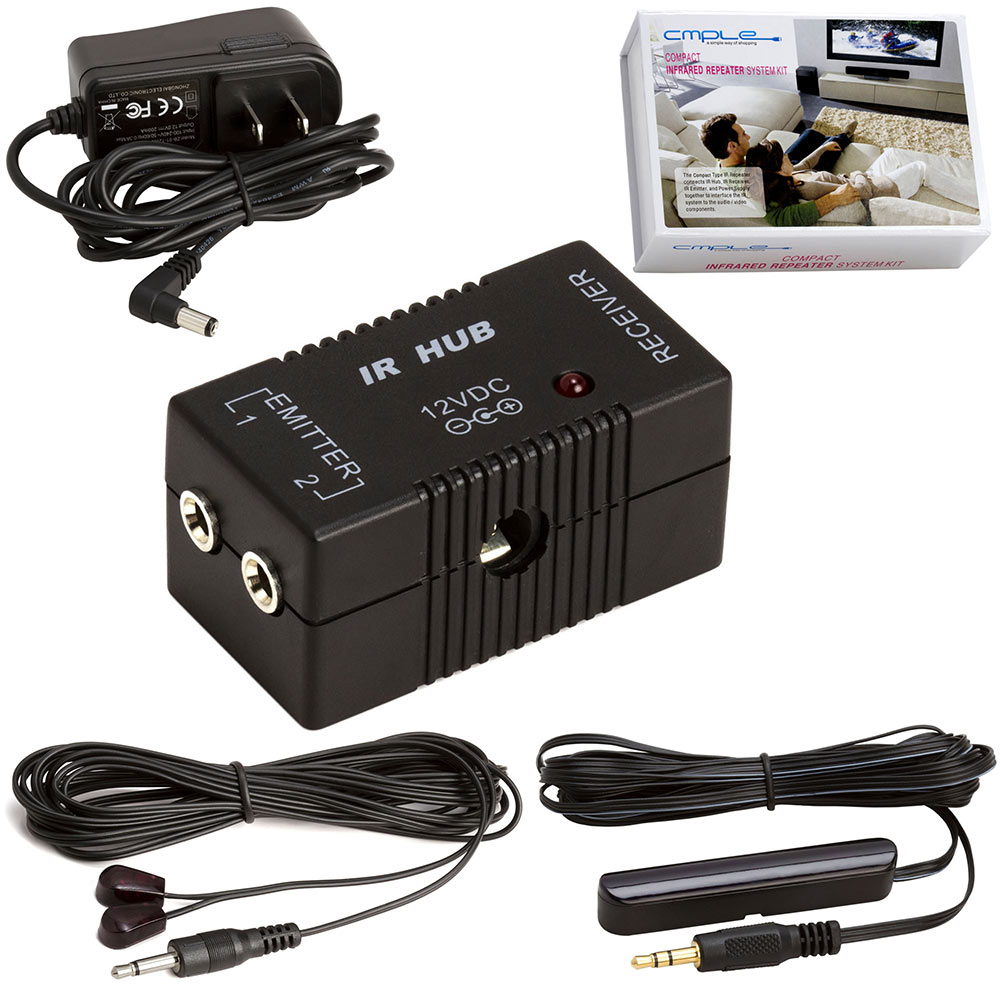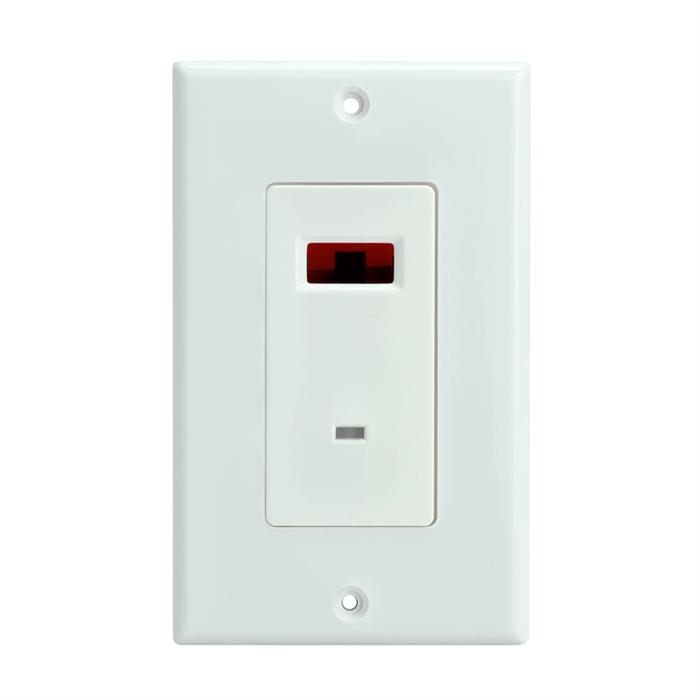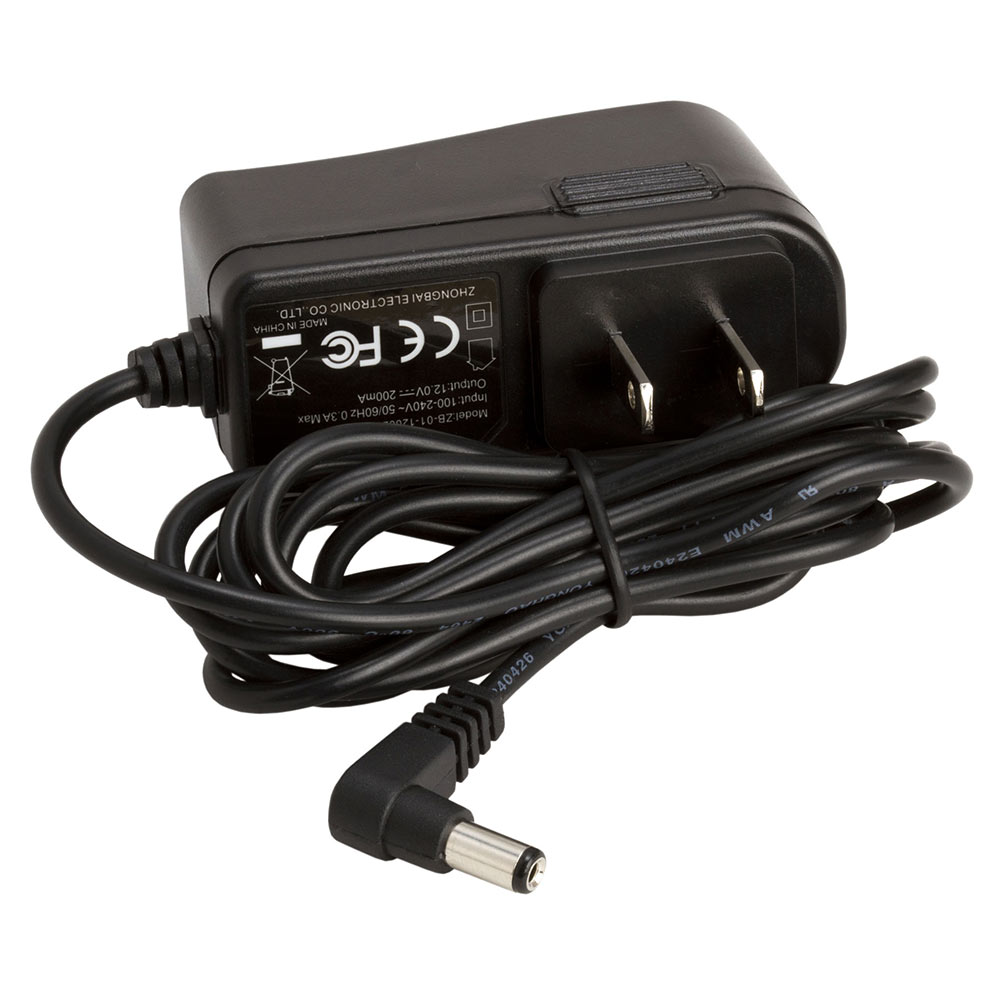How To Choose The Right IR Repeater Kit
Many modern home theaters are perfect examples of a Catch 22 – a problem which looks like it can’t be solved because of conflicting realities. (The term comes from a legendary book by Joseph Heller; if you haven’t read it, you should.)
Here’s the issue. Most home theaters have so much equipment, with so many cables, that it’s nearly impossible to set everything up without creating a horrendous mess. But you can’t tuck it all out of sight in a closet or cabinet, because then the remote controls won’t work; there has to be an unobstructed path between the remote and the equipment it controls. In order to have the beautiful home theater you’ve spent lots of money on, you have to hide most of the “stuff.” But you can’t, because then it won’t work. It’s a Catch 22.
Unlike most Catch 22s, though, this one has a solution: infrared repeater kits. These kits take the infrared (IR) light signals used by remote controls to send commands to your devices, convert the light into electrical signals that can be sent through walls and doors, and then reconvert them into IR signals that your TV, Blu-ray or cable box can understand.
The actual conversion/reconversion process sounds complicated, but so do most electronic processes – and it isn’t really important that you understand the actual technology. What is important to know, though, is what components make up an IR repeater kit. That way you can choose the right one for your needs.
Looking at an IR Repeater Kit
Most IR repeater kits (often called IR extender kits) have three basic components:
- IR receiver: This is the device that (naturally) receives the infrared signals from your remote control and converts them into electrical signals. You’ll sometimes see this referred to as the “target,” for obvious reasons. Receivers can take several different forms, which we’ll explain in more detail in the next section.
- IR emitters: These are on the “other side” of your walls or doors, and are used to transmit reconverted infrared signals to your equipment once they’ve made it past all of the physical obstacles. There are several types of emitters and we’ll discuss them shortly.
- Connection block: This is the traffic cop for the IR repeater, where the receiver and emitters are interconnected. Most blocks will also allow you to add extra receivers and emitters into your extender system.
You can purchase each of these components individually, but you’ll need all of them in order to make things work. That’s why they’re usually sold in the form of an IR repeater kit. When you understand the equipment that comes with each kit, it’s easy to choose the right IR repeater kit for your home.
IR Receivers
Most IR extender kits include a basic receiver, which is a small rectangular box that (depending on its shape) could easily be mistaken for an AC power strip or a cable box. It can be placed alongside your home theater or A/V equipment and will blend in perfectly. There are smaller receivers on the market which can mount to the underside of a shelf or the side of a bookcase; for those who want a totally “clean” look to their room, some receivers are built right into keystone jacks or wall plates that can be installed to look like an outlet. In-wall receivers are perfect if you want to run all of the cabling through your walls.
There’s one more important consideration when choosing an IR kit: whether it includes a single-band or dual-band receiver. In a nutshell, there are two sets of infrared light frequencies used by remote controls. Most equipment like Blu-ray and DVD players is controlled by signals in the lower band but there are some components, notably some cable and satellite boxes, which require control signals in the upper IR band. Single-band receivers only work with the former, while dual-band receivers will work with virtually any equipment. If you know for sure that you only need a single-band receiver you might be able to save a little money, but it’s usually the safest bet to choose a dual-band model.
IR Connection Blocks
The connection block in an IR repeater kit is likely to look like a computer router or an AC adapter box, but its appearance doesn’t really matter because it’s normally positioned near your equipment behind the cabinet or closet door. The major consideration when looking at the block that comes with your kit is how expandable it is – that is, how many emitters it can handle. Some will only accommodate a few (and then only if you use multi-head emitters) while others can control as many as 18. One other nice feature on most connection blocks is an LED that shows if your IR signal is really getting through.
IR Emitters
Emitters come in several different forms. Blink emitters (also known as bugs or flashers) are small discs which control equipment by attaching directly to the equipment’s IR “eye,” while blasters (also known as flooders) sit further away from components and can send signals to several pieces of equipment located over a wider area. The multi-head emitters we mentioned in the last section have either two or three bugs attached to a single connecting cable, allowing you to send remote signals to several components but only requiring one port on the connection block. That’s how a block with five ports can control as many as 18 devices.
Other Types of IR Repeater Kits
Less common but often useful types of IR repeater kits can receive infrared signals and send the converted electrical signal either through HDMI cables or through Cat5e or Cat 6 Ethernet cables. These kits have the same basic components as the ones we’ve discussed, and can be a convenient way to transfer video, audio or data as well as IR control signals through existing cables.
You’re Ready to Choose the Right IR Repeater Kit
That’s all the information you need. Once you know the type of receiver you prefer and whether you want single- or dual-band, and have decided how many devices you’ll be controlling (and with which type of emitter), you’re ready to shop for the right IR repeater kit to fit your circumstances. The one caution is that you should always choose a connection block with extra ports, so you can buy extra emitters if necessary.








